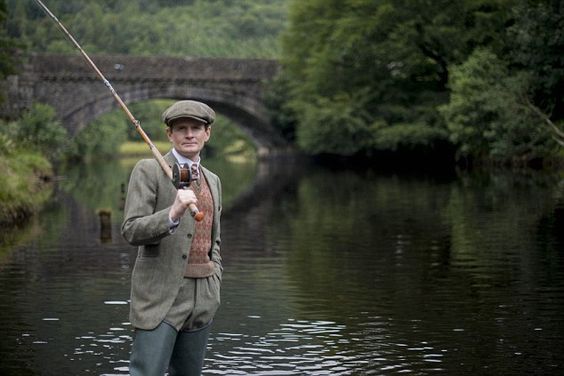Fly fishing is one of the most enjoyable and rewarding sports out there. Whether you’re a seasoned angler or just starting out, there’s nothing quite like the thrill of casting your fly and watching as a fish takes the bait. But to truly master the art of fly fishing, it’s important to understand the different techniques that are available to you. In this article, we’ll take a look at some of the most common fly fishing techniques and provide tips on how to use them effectively.
Dry Fly Fishing
First, let’s talk about dry fly fishing. This technique involves using a fly that floats on the surface of the water to mimic a natural insect. It’s a great way to target fish that are feeding on the surface, and it can be a lot of fun to watch as a fish rises to take your fly. To effectively fish with a dry fly, it’s important to practice your casting technique and be able to present your fly delicately to the fish. Also, you should be aware of the hatch on the water, the flys that are naturally around, and match your dry fly accordingly.
Nymphing
Next, let’s talk about nymph fishing. This technique involves using a sub-surface fly to mimic an aquatic insect that is in its immature stage. Nymphs are a great option for fishing in rivers and streams, and they can be particularly effective during the colder months when fish are less likely to be feeding on the surface. To fish with a nymph, you’ll need to rig it correctly and fish it at the appropriate depth. Czech nymphing is a common way to fish using a nymph. You should also pay attention to the water conditions and select the right nymph that matches the habitat.
Streamer Fishing
Another technique that is popular among fly fisherman is streamer fishing. This technique involves using a fly that mimics a small fish or other aquatic creature. Streamers are a great option for targeting larger fish, and they can be especially effective in stillwaters. The key to streamer fishing is to use a fly that is the right size and color for the water you’re fishing in and to make sure that you’re casting and retrieving your fly in a way that mimics the movements of a real fish.
Wet Fly Fishing
Finally, let’s talk about wet fly fishing. This technique is similar to dry fly fishing, but instead of using a fly that floats on the surface, you use a fly that sinks. Wet flies are a great option for fishing in stillwaters and can be especially effective during the warmer months when fish are more likely to be feeding in deeper water. To effectively fish with a wet fly, you’ll need to practice your casting technique. The down and across casting approach also works well for wet fly fishing. Also, you should be aware of the hatch on the water and match your wet fly accordingly.
In conclusion, fly fishing is a sport that offers a wide variety of techniques, each with its own unique challenges and rewards. Whether you’re fishing with a dry fly, nymph, streamer, or wet fly, the key to success is to understand the conditions of the water and the habits of the fish, and to match your fly accordingly. With practice and patience, you’ll be able to master the art of fly fishing and enjoy the thrill of catching fish on the fly.
